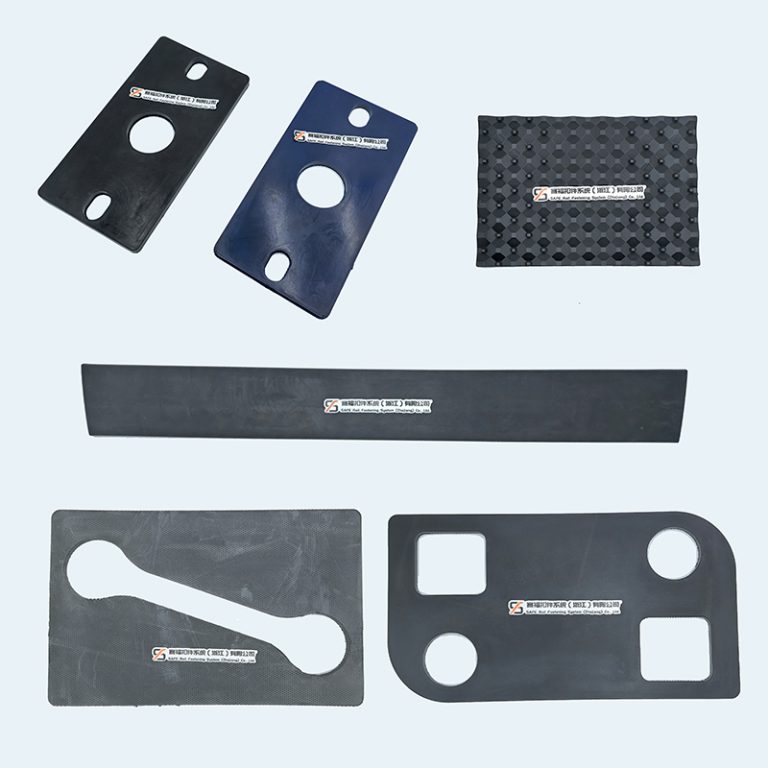
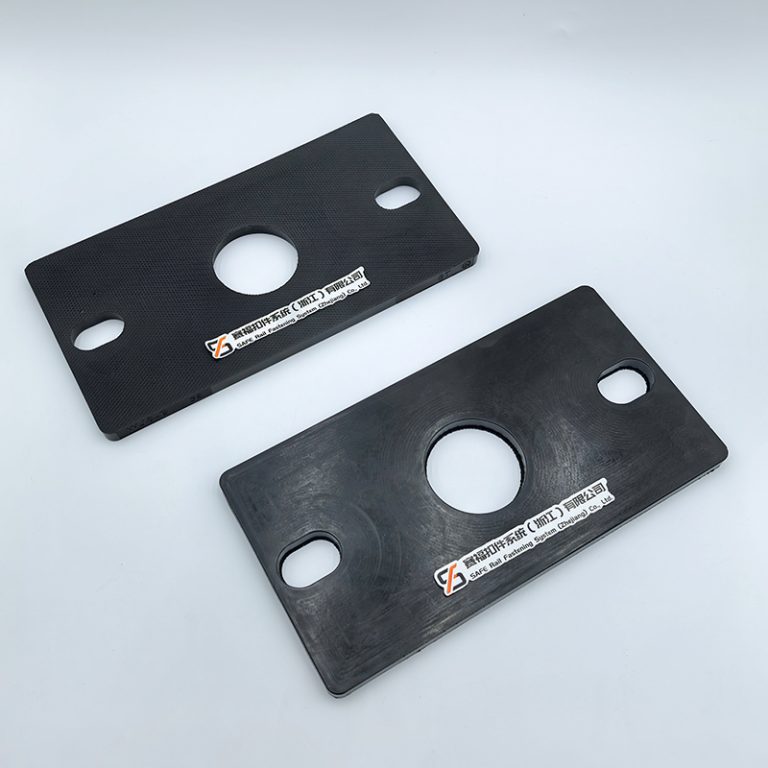
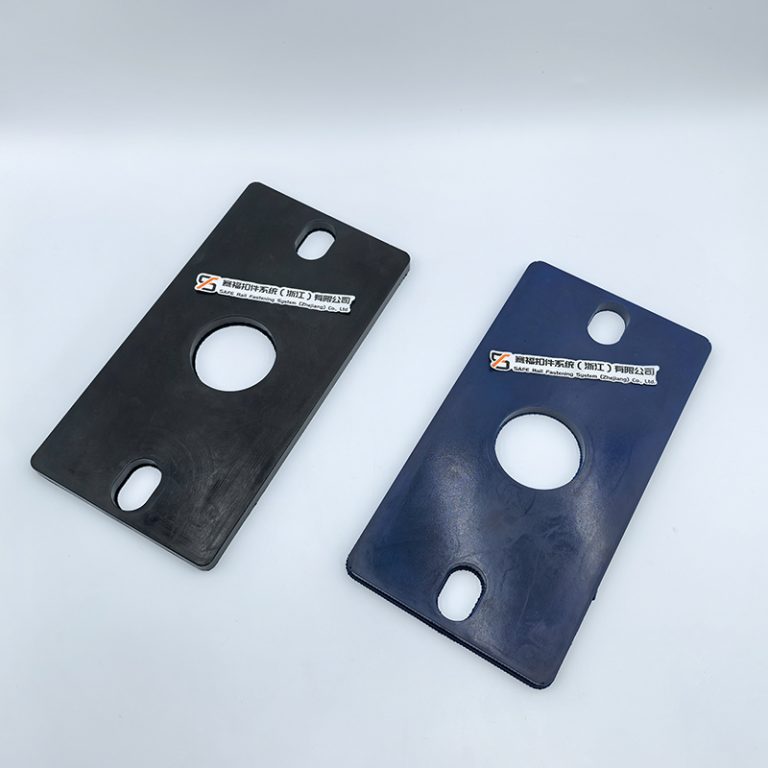
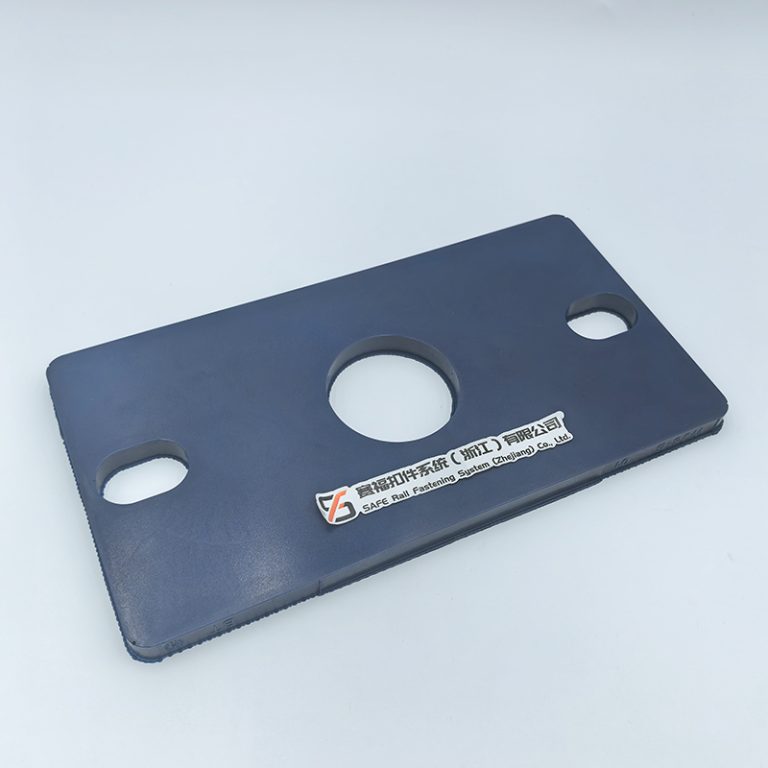
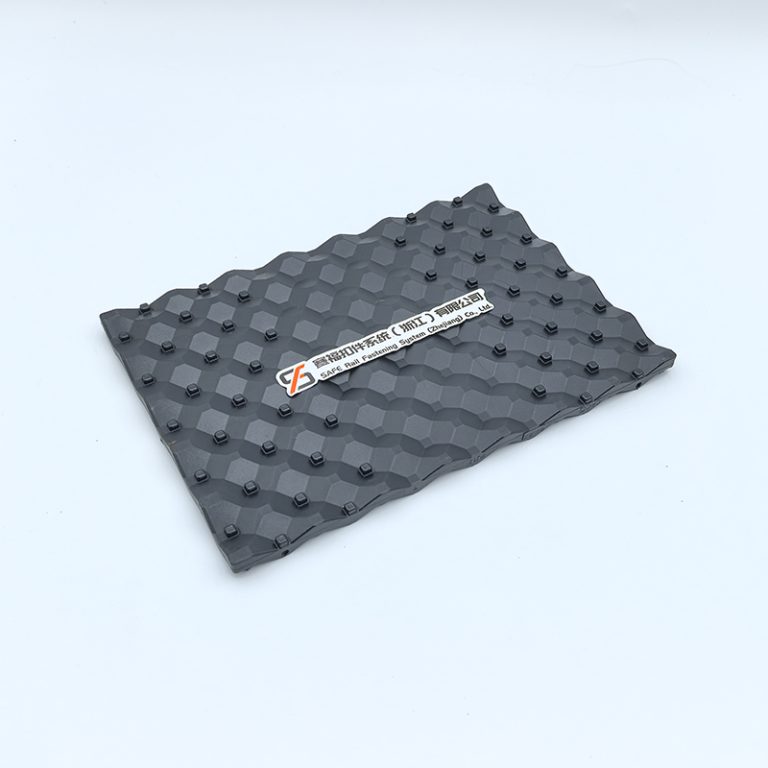
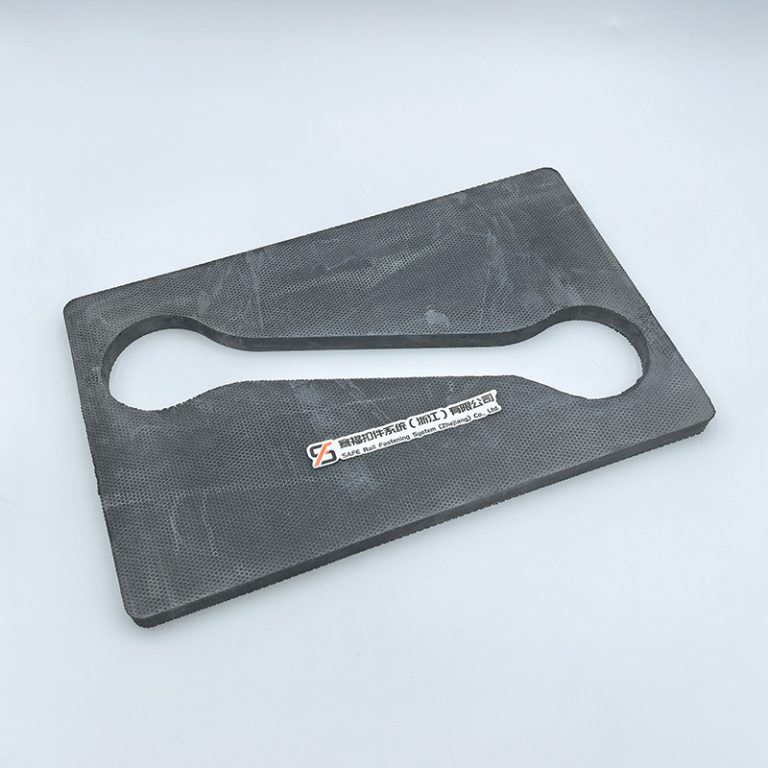
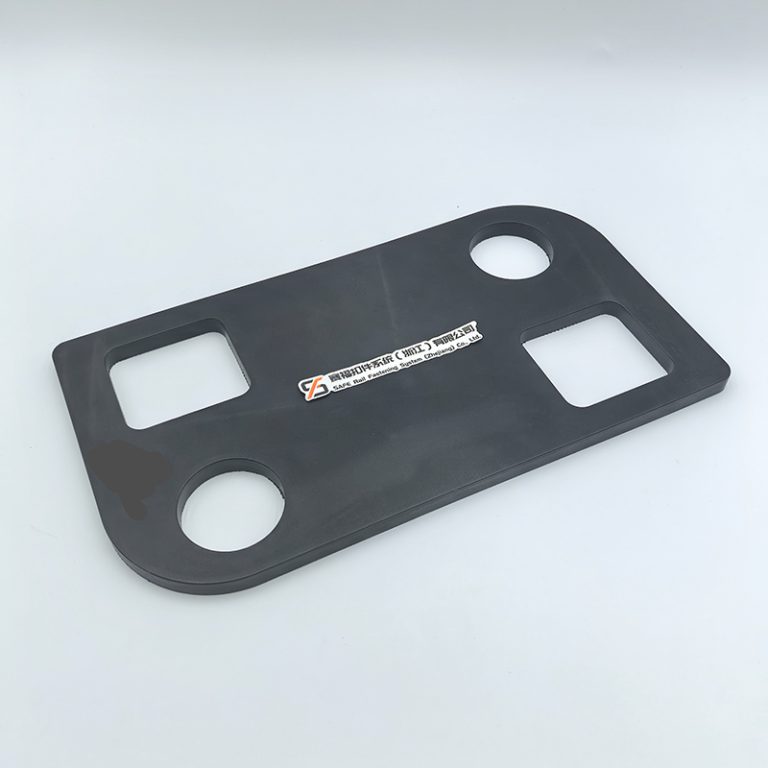
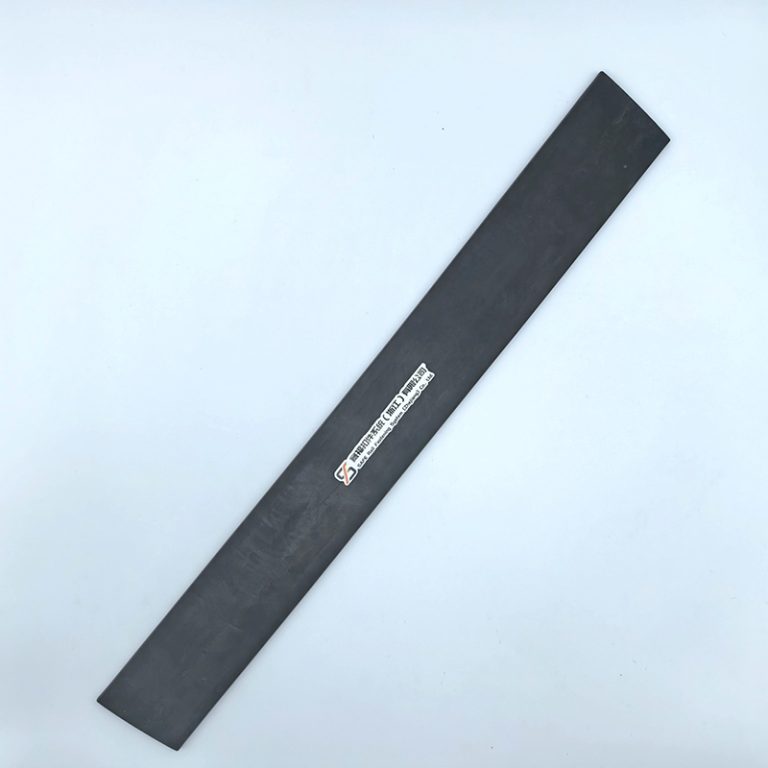
Specification: Customize
Material: Rubber, thermoplastic elastomers, polyurethane, EPDM, silicone rubber, composite materials, engineering plastics, and recycled rubber, etc.
Color: Black, Dark blue, etc.
Functions: Cushioning and shock absorption, noise reduction, uniform load distribution, insulation, wear prevention, and adaptation to temperature changes








Specification: Customize
Material: Rubber, thermoplastic elastomers, polyurethane, EPDM, silicone rubber, composite materials, engineering plastics, and recycled rubber, etc.
Color: Black, Dark blue, etc.
Functions: Cushioning and shock absorption, noise reduction, uniform load distribution, insulation, wear prevention, and adaptation to temperature changes








Specification: Customize
Material: Rubber, thermoplastic elastomers, polyurethane, EPDM, silicone rubber, composite materials, engineering plastics, and recycled rubber, etc.
Color: Black, Dark blue, etc.
Functions: Cushioning and shock absorption, noise reduction, uniform load distribution, insulation, wear prevention, and adaptation to temperature changes
















Specification: Customize
Material: Rubber, thermoplastic elastomers, polyurethane, EPDM, silicone rubber, composite materials, engineering plastics, and recycled rubber, etc.
Color: Black, Dark blue, etc.
Functions: Cushioning and shock absorption, noise reduction, uniform load distribution, insulation, wear prevention, and adaptation to temperature changes
The resilient tie pad/elastic pad plays multiple roles in the railway fastening system, including cushioning and shock absorption, noise reduction, uniform load distribution, insulation, wear prevention, and adaptation to temperature changes. It is crucial for ensuring the safe operation of railways.
As an OEM & OBM manufacturer, SAFE Rail Fastening System is capable of not only producing a wide range of internationally common types of resilient tie pad/elastic pad, but also customizing products tailored to our customers’ specific requirements.

SAFE Rail Fastening System has automatic polyurethane pouring machine production line which can produce resilient tie pad/elastic pad, baseplate pad, rail pad, etc.. Automatic and digital CNC is also adopted throughout the whole process, from pouring, mold opening, closing to demolding and taking out parts.
